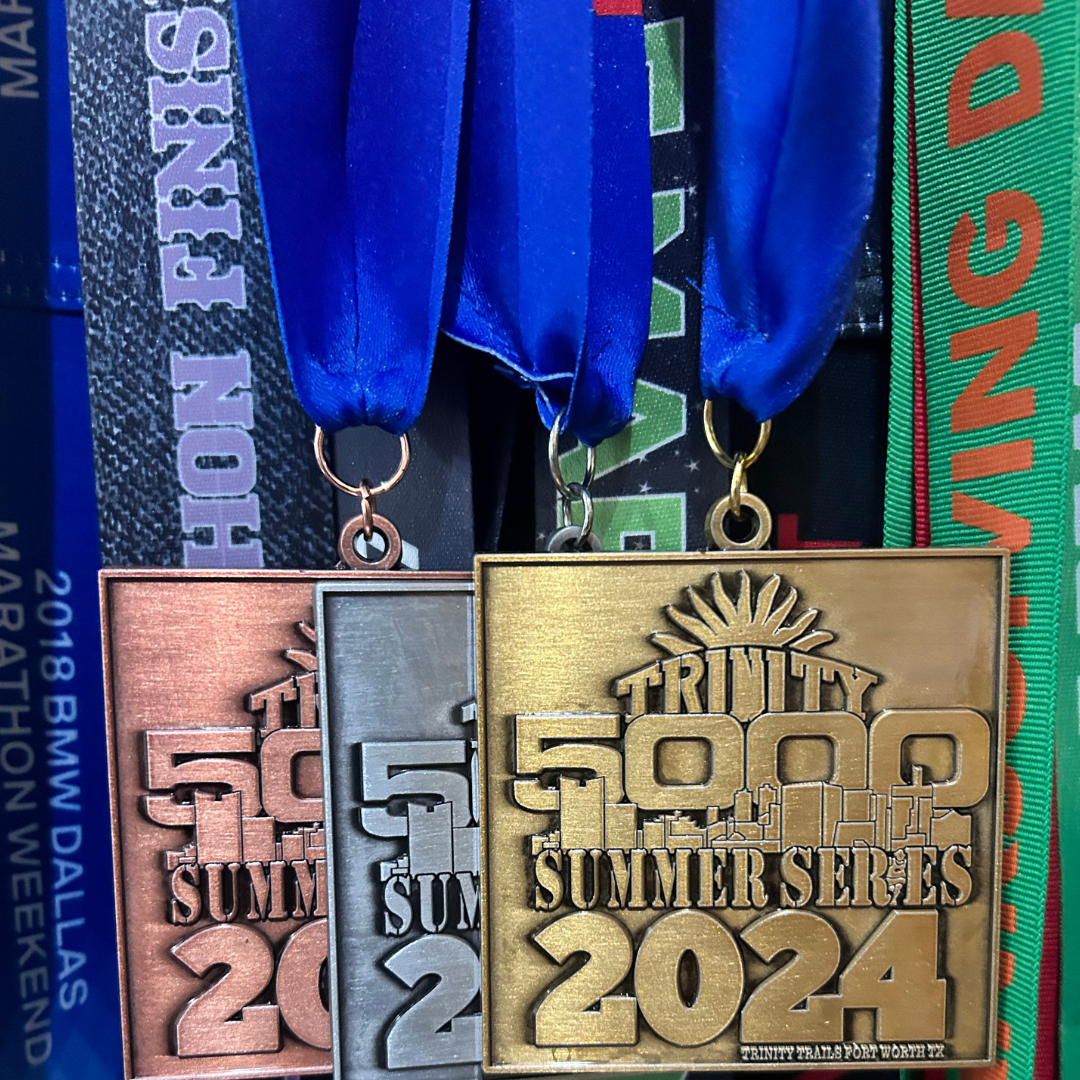I am having a great time with this new running A-Z blog series. Every week I cover a new running-related topic following the order of the alphabet. I am wide-open for future topic suggestions. Let me know in the comments. This week we are on the letter F. F is for fartlek!
Fart what? Yes. Fartlek. After all these years of running it may still make me giggle like a 12 year old girl, but fartleks are an effective, fun way to train to run faster.
Fartleks are a form of interval training. You practice periods of fast running without specific speed or distance goals, followed by rest intervals based on feel. It is a go-as-you-please interval plan that can be fun and challenging for new and experienced runners alike!
Fartlek is a Swedish word that means speed play. Ollie, my dog, describes it best.
“I run faster to chase a squirrel and slow down to sniff a tree. I think you runner humans call that Fartlek, I call it life.”
Have you ever picked up a running magazine and felt confused by the running plans? The article might recommend to run half marathon pace for 800 meters, or 10K pace for 400 meter repeats, or 5K pace for 400 meters divide by four and subtract 10 seconds. Huh? If your head is spinning because you can't calculate math in your head, (or particularly well with a calculator, like me) or you don't have a track nearby, then fartlek might be the interval training plan for you.
The great thing about fartleks is that you don't need any special equipment, a GPS watch, a track or a treadmill. You run entirely by feel. A heart rate monitor can be helpful to monitor effort, but not necessary.
Warm Up
Warm up between five and 10 minute by walking or jogging at conversational pace. You should be able to hold a conversation at this pace without stopping for deep breaths between words or sentences. Breathing should be very easy.
Speed Interval
After you are warmed up, it is time to start your first fartlek interval. Choose a spot ahead in the distance, maybe a parked car, a telephone pole or a stop sign. You choose the distance. Pick up your pace so you are running faster with a rate of perceived (RPE) exertion between a 7-9 until you reach your destination.
RPE is a great way to calculate effort if you don't have a heart rate monitor. Use this chart to help determine RPE.
Recovery Interval
Slow to a jog (or walk, if necessary) to return to conversational pace. This interval takes as long or as little time as needed for you to recover from your speed interval. The key here is to be honest with yourself. Don't start running until you are breathing normally again, and (important!) don't jog or walk any longer than you need to in order to recover. As soon as you are recovered, prepare for your next speed interval.
Recovery time can vary from workout to workout, day to day based on a variety of factors: the weather, how well you ate (fueled), how well you slept, how recovered you are from your last workout.
Your workout may look like this: Warm up. Run fast to the top of a hill, recover as you jog down the other side of the hill, run to the park bench, then run faster until you reach the white minivan in distance. Recover as needed then run fast to the next stop light.
Continue for 25-45 minutes depending on your running experience.
Fitting it all in
Effort sessions should be limited to two times a week for beginners and no more than four times a week for advanced runners. Any type of speed work, tough strength training workouts, hill repeats or long runs are considered effort sessions. Your body needs time to repair and recover after a hard workout, so allowing rest periods and recovery workouts in between tough sessions will allow you to come back stronger for your next one.
I recommend a fartlek session once a week for speed training. It is a fun and effective way build speed work into your running and strength training routine without too much pressure!
Have fun with it.
Like this post? Please consider sharing
Any questions? Have you ever trained to run faster with fartleks? Hit me with your favorite fartlek joke. Let me know in the comments.













